Illusion or Reality? Advaita Vedanta's Vivarta Theory Explains Our World
Explore Vivarta in Advaita Vedanta: Learn how the unchanging Absolute manifests as the ever-changing world. Dive into this profound philosophy of reality and illusion.

Tantric Secret Revealed: Perfect Harmony in 5 Simple Steps
Explore Samarasya: Tantric concept of perfect fusion. Discover how this philosophy integrates dualities, leading to harmony in daily life and spiritual practice. #Tantra #Philosophy
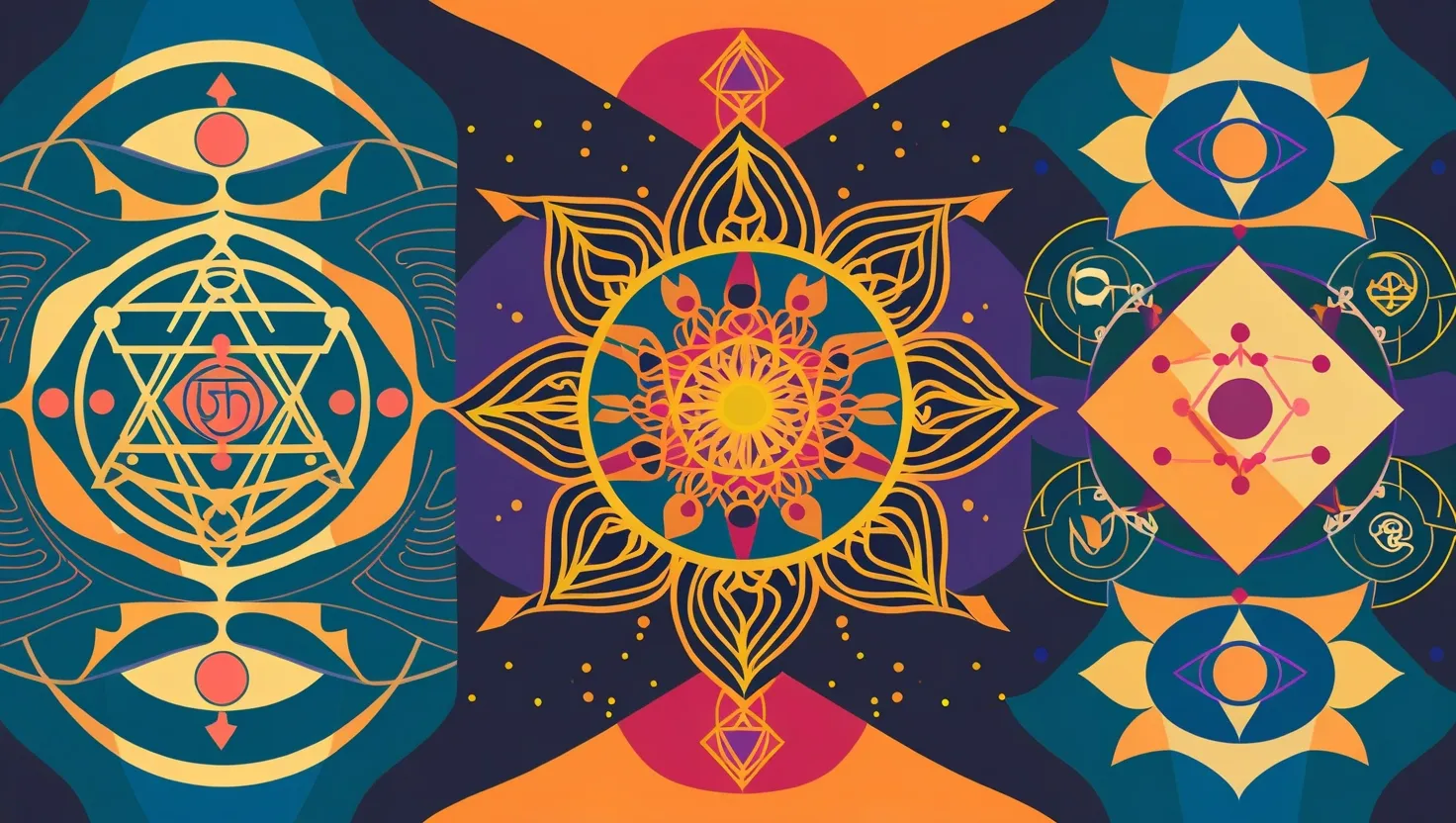
Vidhi: The Hidden Power of Vedic Rituals Revealed
Explore Vidhi: The core of Hindu rituals. Learn how this Vedic concept guides sacred acts, aligns life with cosmic order, and leads to spiritual growth. Discover its impact on daily life.

Mastering Vedic Rituals: Vidhi's Secret to Cosmic Alignment and Spiritual Growth
Discover Vidhi: Vedic ritual philosophy guiding cosmic alignment. Explore its role in Hinduism, rituals, and spiritual growth. Uncover ancient wisdom for modern life.
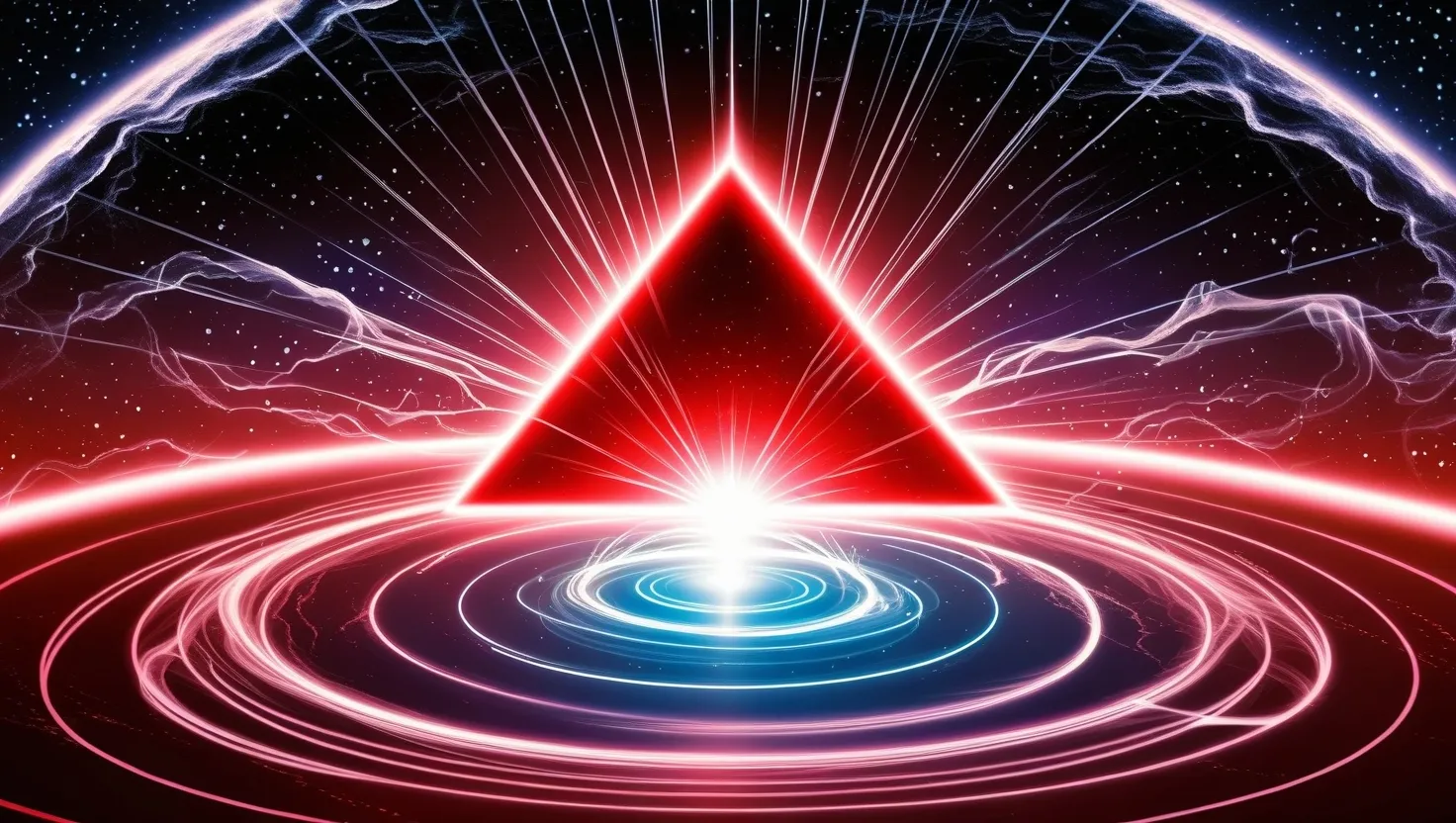
Ignite Your Inner Fire: Ancient Vedic Secrets to Transform Your Life
Discover Agni Tattva: The fire principle in Vedic philosophy. Explore its role in transformation, purification, and spiritual growth. Ignite your inner fire and connect with the cosmos.

Discover the Ancient Hindu Secret to a Balanced Society and Life
Varnashrama Dharma is a Hindu social framework based on natural human tendencies. It includes Varna (social classes) and Ashrama (life stages). The system aims for societal harmony, balancing individual duties with spiritual growth. Though often misunderstood, it emphasizes mutual support, service, and personal development aligned with one's abilities and life phase.
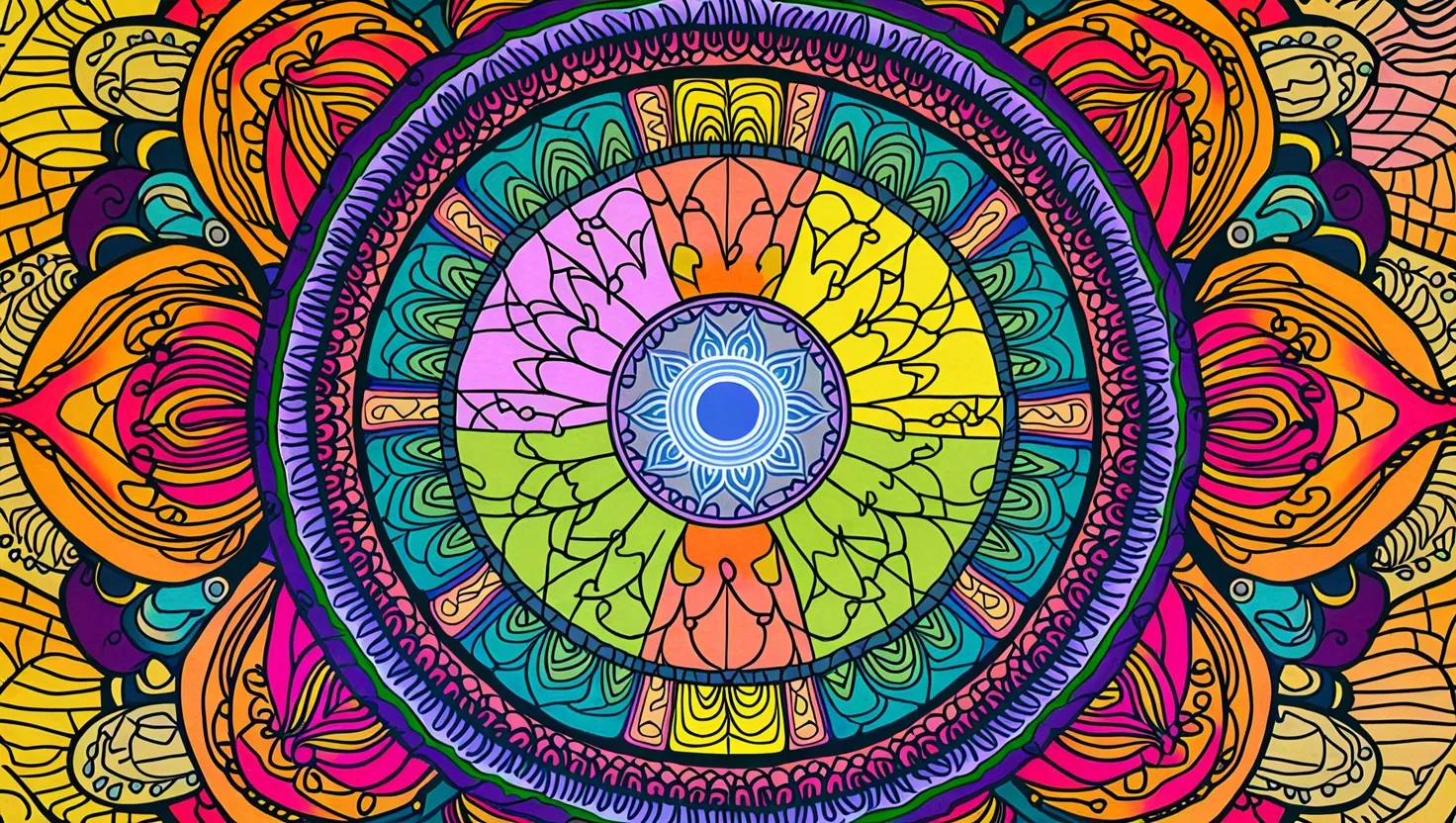
Varnashrama Dharma: Ancient Wisdom for Modern Life Balance and Purpose
Varnashrama Dharma is a Vedic social philosophy guiding individuals through life stages and societal roles. It includes four varnas (social classes) and four ashramas (life stages), each with specific duties. The system emphasizes personal growth, societal harmony, and spiritual advancement. While criticized for rigidity, its core principles of duty and purpose remain relevant in modern society.
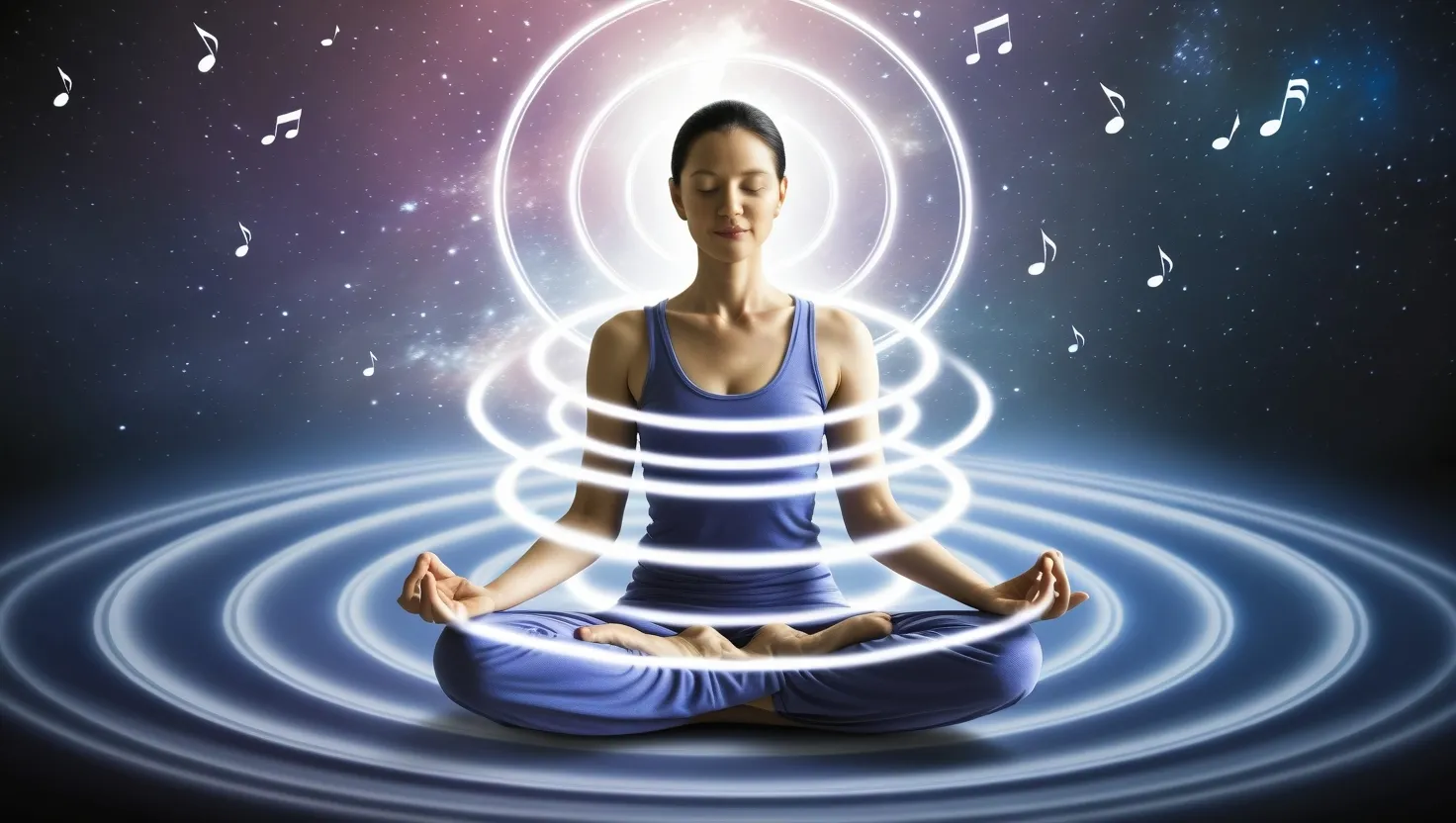
Discover the Secret Power of Sound: Nada Yoga's Path to Spiritual Enlightenment
Nada Yoga is an ancient Hindu practice that uses sound vibrations for spiritual growth. It involves progressing through stages of sound awareness, from external to internal, ultimately reaching the cosmic vibration. The practice includes listening, chanting, and meditation, aiming to connect with the universe's underlying sound. It offers a unique path to mindfulness and inner peace.
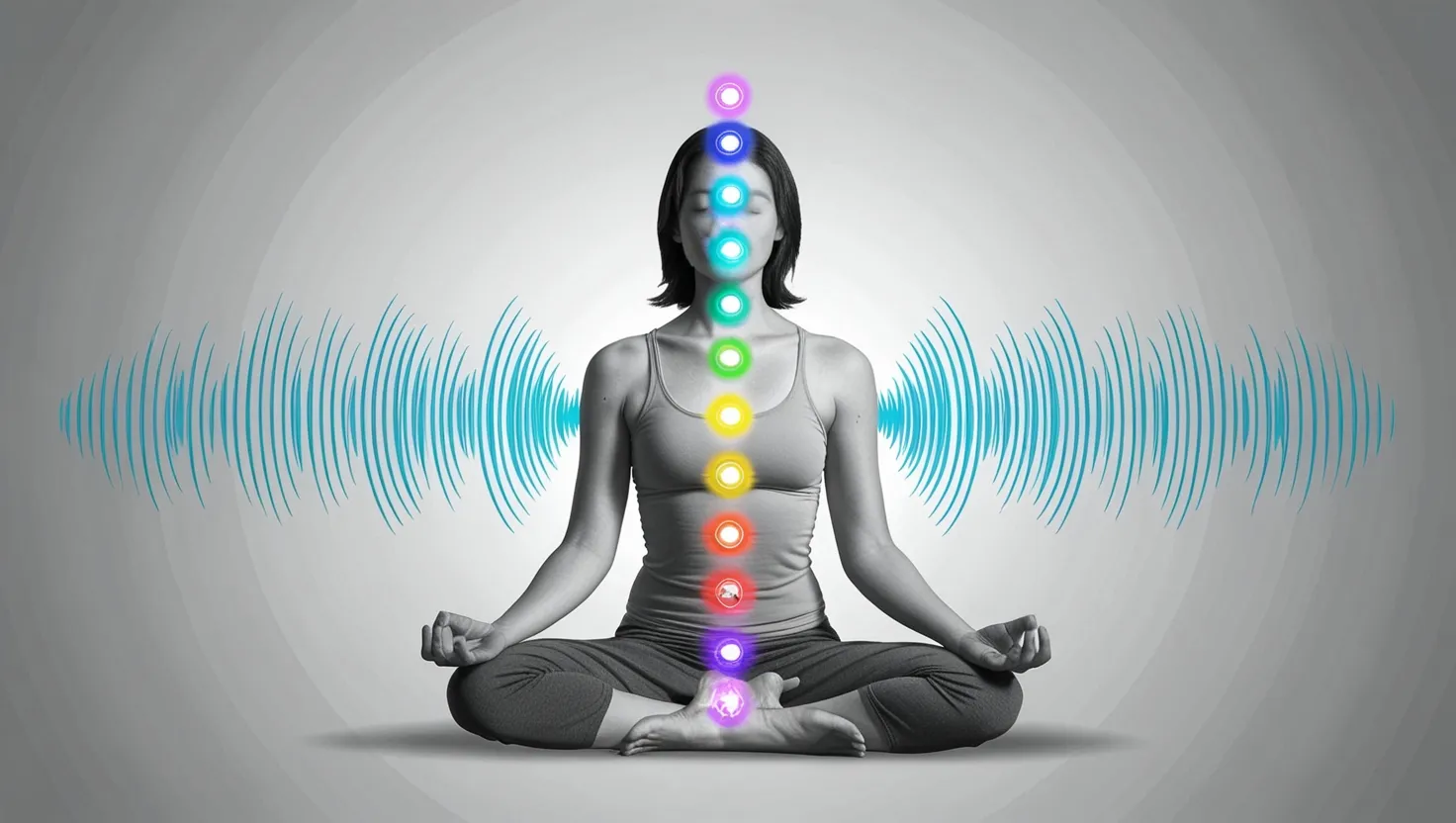
Cosmic Sound Seeds: How Bija Mantras Unlock Ancient Energy and Inner Peace
Bija Mantras are powerful single-syllable sounds in Hinduism that connect us to cosmic energies. These seed sounds align with chakras, deities, and universal principles. Chanting them can balance energy centers, improve well-being, and aid spiritual growth. They're used in meditation, rituals, and even Vedic astrology. Bija Mantras offer insights into reality's nature and serve as tools for self-realization and cosmic harmony.
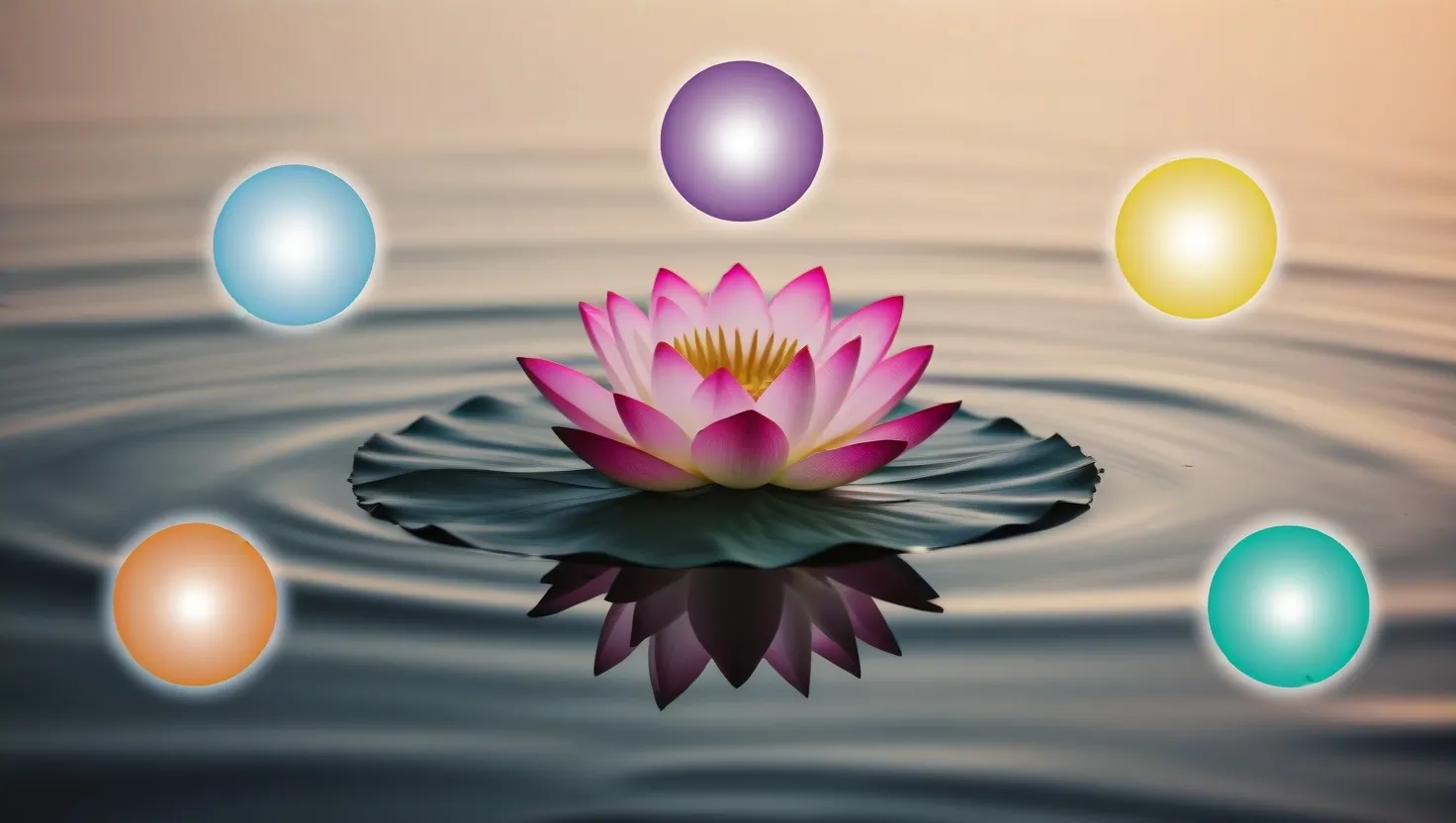
Unlock the Power of Sound: Bija Mantras for Spiritual Growth and Healing
Bija Mantras are single-syllable sounds in Hinduism that connect us to cosmic energies. They resonate with chakras, balance energy, and aid spiritual growth. Each mantra links to elements, deities, and specific purposes. Chanting them correctly can cleanse chakras, focus meditation, and tap into universal vibrations, offering a path to self-realization and cosmic understanding.

Unlock Ancient Hindu Wisdom: Sama's Secret to Harmony in Life and Music
Sama, a core concept in Hindu philosophy, embodies equality, harmony, and balance. Rooted in the Sama Veda, it blends music, spirituality, and ethics. Sama emphasizes cosmic harmony, balance in rituals, and peaceful conflict resolution. It's linked to the idea of Brahman and encourages living in tune with universal rhythms. This principle offers a practical guide for maintaining equilibrium in life.
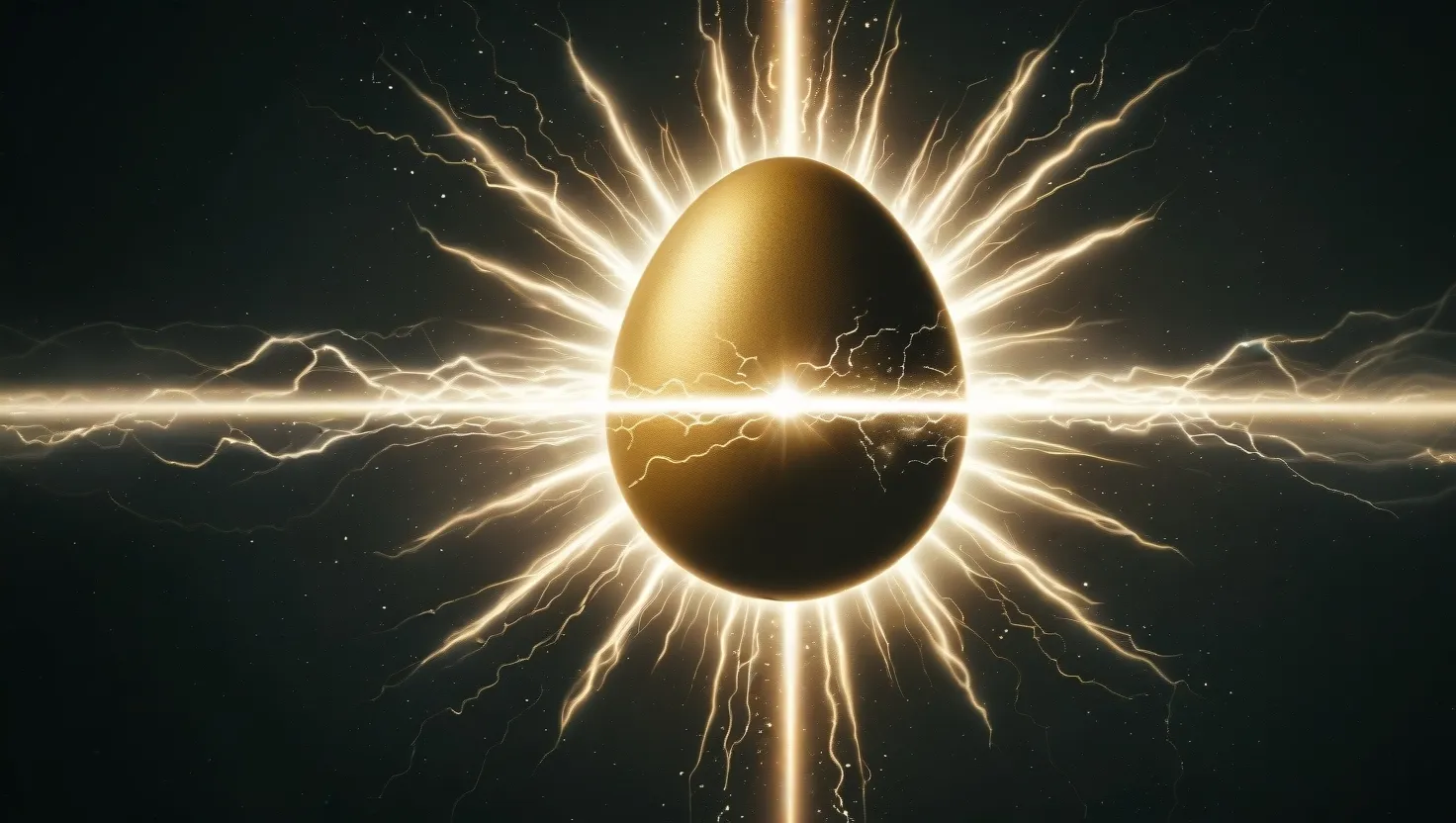
Cosmic Egg Unveiled: Hindu Creation Secret Sparks Big Bang Debate
Hiranyagarbha, the golden womb in Hindu cosmology, symbolizes the universe's origin. It represents the cosmic egg from which all creation emerges, embodying the union of male and female principles. This concept connects to the cyclical nature of existence, the awakening of cosmic consciousness, and the ultimate reality underlying all things. It offers a spiritual perspective on creation, paralleling modern scientific theories.
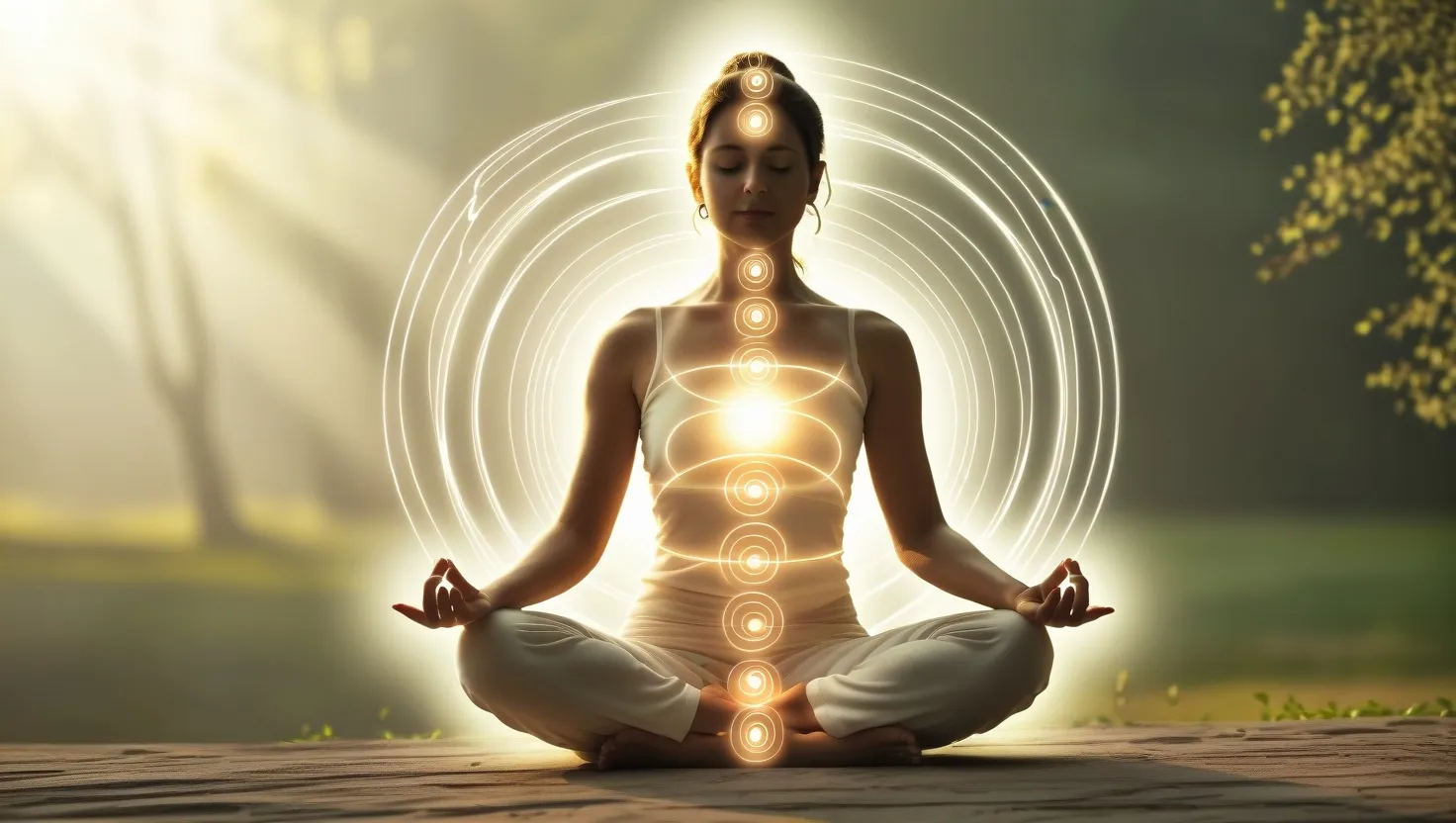
Breathe Your Way to Bliss: The Secret Meditation Technique You Need to Try
Ajapa Japa is a powerful meditation technique combining conscious mantra repetition with effortless awareness. It synchronizes breath with the Hamsa mantra Soham, meaning I am That. This practice cultivates self-awareness, reduces mental chatter, and awakens kundalini energy. It offers numerous physical and mental health benefits, making everyday life a continuous meditation and path to inner peace.
